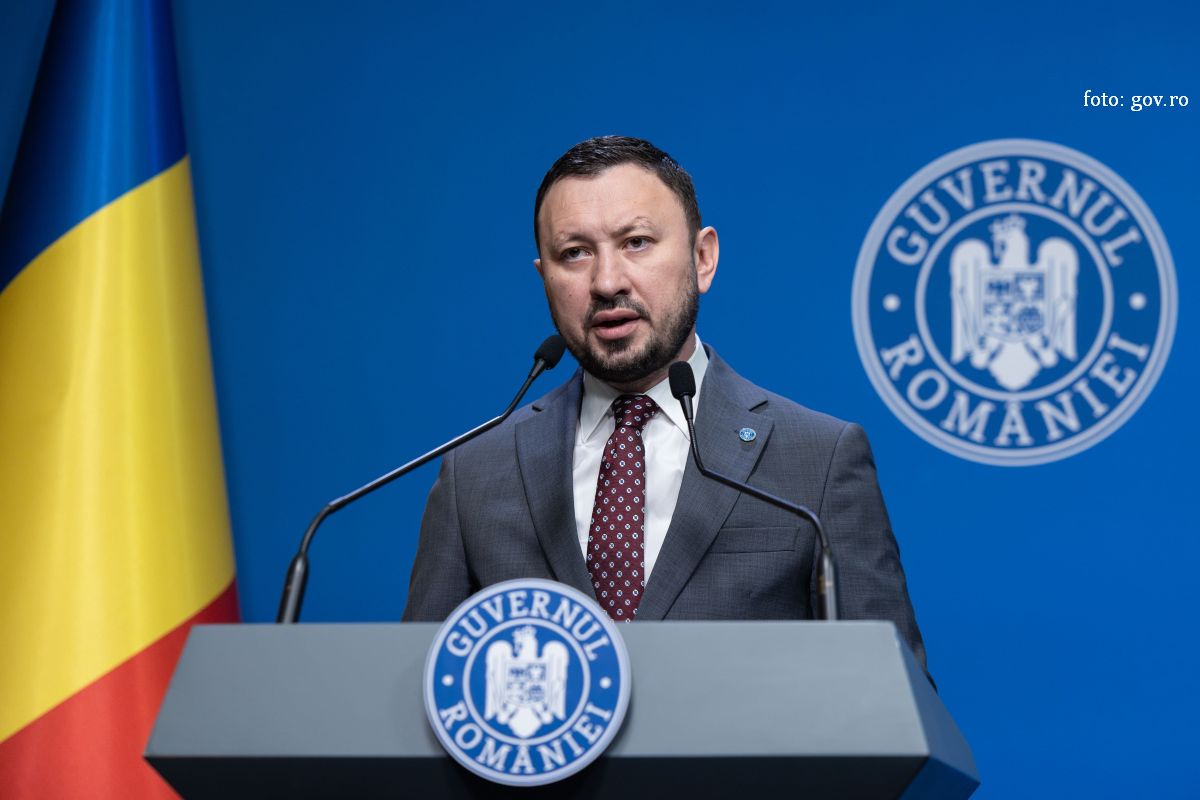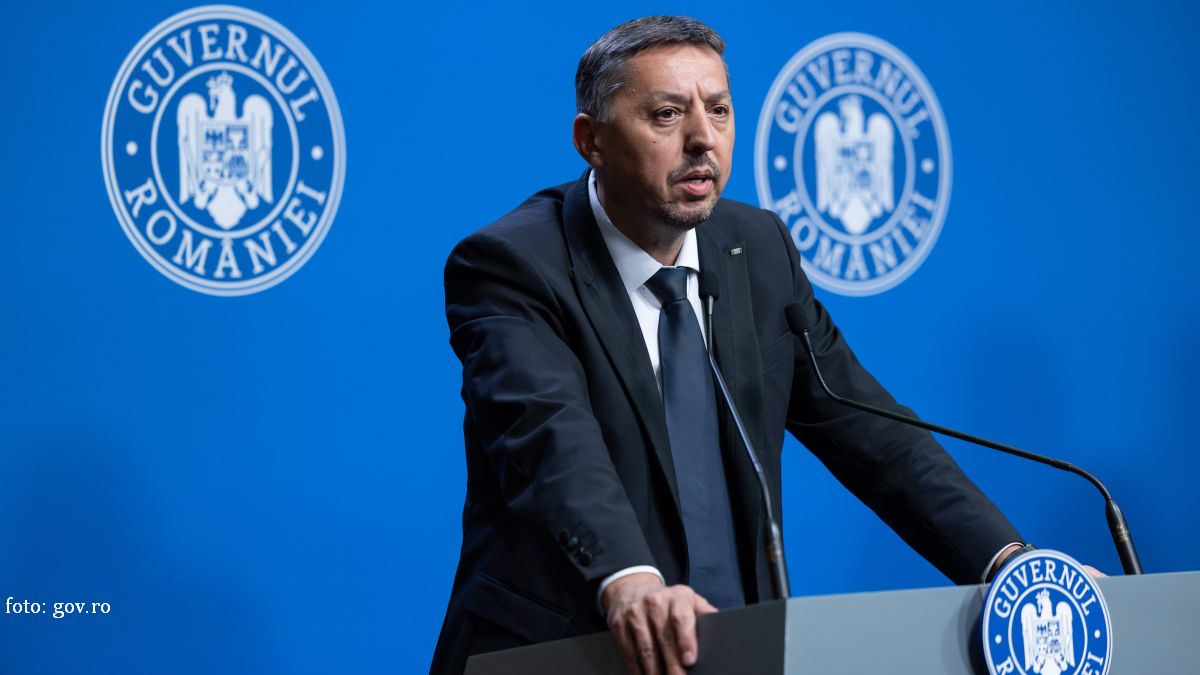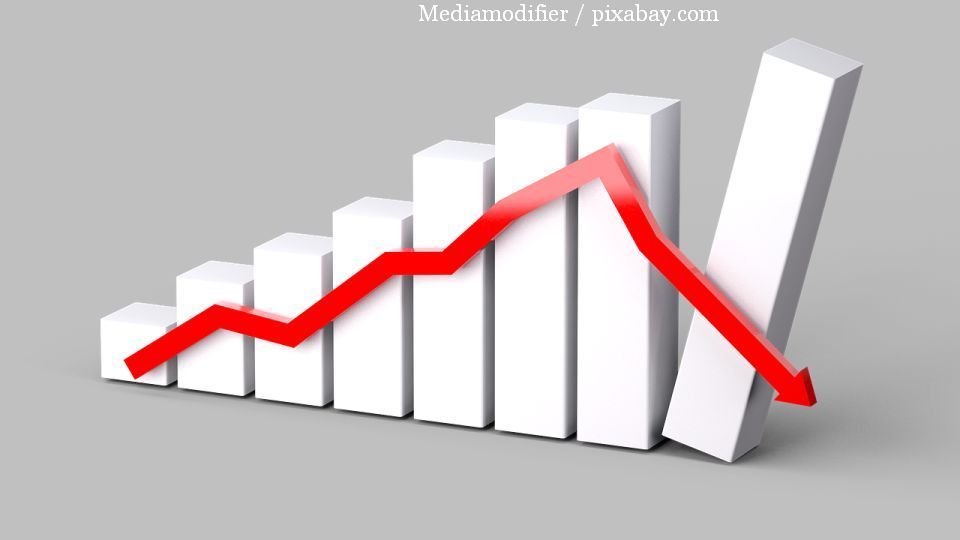Poverty figures in Romania
Romania has the biggest share of citizens at risk of poverty in the EU

Ştefan Stoica, 15.06.2023, 14:00
Even during the pandemic and, subsequently, the energy crisis fueled by the war, Romania was among the champions of economic growth at the level of the European Union. It’s true that, in the decade and a half since its accession, the country has benefited from tens of billions of euros worth of funding to develop and bridge the gap with other EU states. However, for more than a third of Romanians, well-being or at least a decent living remain difficult or impossible to achieve. According to EUROSTAT, over 34% of the people living in rural areas were exposed to the risk of poverty and social exclusion last year, this being by far the highest share among the member countries of the European Union in 2022. Romania was followed, in this ranking, by Bulgaria ( 32%), Greece and Spain (both with 26%). The lowest shares were registered in the Czech Republic (about 12%), Slovenia (13%) and Poland (16%).
Last year, around 95 million people in the EU, equivalent to a fifth of the population, were at risk of poverty and social exclusion, meaning they lived in a household facing at least one of three situations: at risk of poverty, severe material and social deprivation and/or lived in a household with very low work intensity. The figures remained relatively stable compared to 2021, EUROSTAT said. At the level of the European Union, the risk of poverty and social exclusion was higher for women than for men in 2022. Also, over a fifth of the population of the Union who lived in a household with dependent children was at risk of poverty and social exclusion.
As far as Romanians are concerned, a study published recently showed that 2022 was a year in which flying or holiday packages were not in great demand. The vast majority of Romanians, the research found, are worried about the future and say they intend to save larger amounts and invest in education. The average purchasing power was half of the European average, which places Romania in 31st place out of the 42 countries analyzed.
According to the National Institute of Statistics, the total average monthly income in Romania last year was almost 6,500 lei (about 1,300 euros) per household, an increase of almost 14% compared to 2021, but this growth did not translate into a better standard of living. Inflation was the one that severely cut Romanians’ incomes. In urban areas, the total monthly income exceeded 7,000 lei (about 1,400 euros), 1.3 times higher than in villages. Romanians spent the most on household consumption, over 60%, and for the payment of fees and taxes, accounting for some 30%. Food products represented a third of household consumption, followed by housing and utilities. (MI)






























